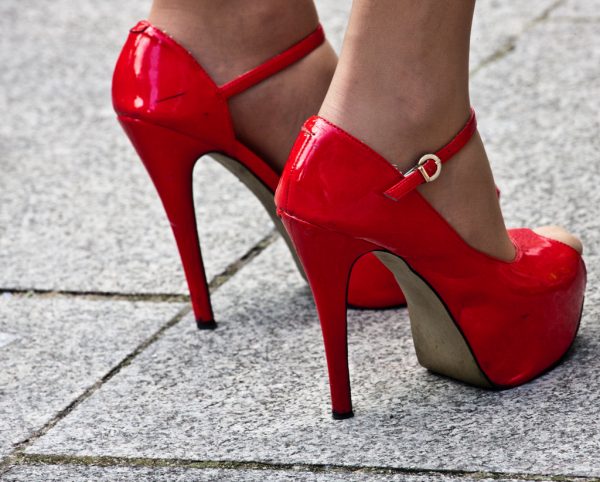From the perspective of Chinese medicine, heel pain may be caused by a kidney deficiency. The foot/shaoyin kidney meridian passes through the heel and when the kidneys are weak, its essence begins to diminish and the heel becomes prone to pain.
There are different ways to treat heel pain with different approaches in both modern and traditional Chinese medicine. One of the most common treatments in Chinese medicine is moxibustion therapy whereby a moxi-stick is burned and hovered above the pain-point for several minutes.
Many types of heel pain are caused by an accumulation of moisture, heat, cold, or the lack of yang qi or a stagnation of yin. From the perspective of modern medicine, there are several common causes of heel pain:
- Middle-aged and elderly people may exhibit degenerative changes in local tissue
- Long-term walking and excessive loads to the fat tissues can cause pain
- Aseptic inflammation of the heel fat fiber, caused by long-term use of high heels or exposure to cold
If the pain becomes severe, professional medical treatment is required. From the perspective of Chinese medicine, the following remedies might prove helpful:
- Artemisia leaves can help elevate the qi flow through the spleen and kidney meridian, expelling cold and humidity
- Moxibustion can also help warm the meridians, qi, blood, and supplement a yang deficiency
Moxibustion is often used in Chinese clinics to treat heel pain and is relatively easy to do. It’s convenient, painless, and with the right know-how, can even be done from home.

Moxibustion is often used in Chinese clinics to treat heel pain and is relatively easy to do. (Image: Markgran via Flickr)
Moxibustion therapy for heel pain
During a clinical treatment, ginger is cut into thin slices and placed on the ashi-point (pain-point). In the case of one patient, these were the kidney meridian points Kunlun (BL60) and Taixi (KD3). A small amount of moxa is squeezed into a cone-shape with the fingers and placed on each ginger slice. The moxi is left to burn on the slice of ginger for about 15 minutes. After five repetitions of the before-mentioned treatment, the patient reported that the heel pain was gone.
If doing a moxi treatment at home, one should be very careful to avoid burning or scalding. For the best results, it is advisable to have it done by a professional in the field of Chinese medicine.
Follow us on Twitter, Facebook, or Pinterest


